As one of the most high-profile and desired mountain bike brands of the modern era, Santa Cruz doesn’t need an introduction does it? Nor does the Santa Cruz Bronson. Well, maybe the Bronson does need a (re)introduction. The latest Bronson is a massively different beast to the Bronson Mk1 from way back when.
- Price: £8,599.00
- From: santacruzbikes.com
- Tested by: Benji

Sure, it’s still a 150mm travel trail bike but these days it’s rocking a mullet ’do. Not only that, it’s grown a couple of inches (at least) in the reach department and the head angle is pretty much a whole three degrees(!) slacker. To paraphrase the majestic Three Degrees themselves, ‘when will I see a 27.5in wheel trail bike again?’. Not quite as catchy a question as their 1974 tune admittedly. If even the classic 27.5in Bronson is no more, it pretty much sounds (confirms) the death knell for pure 27.5in wheel bikes as regular trail bikes.
The Bike
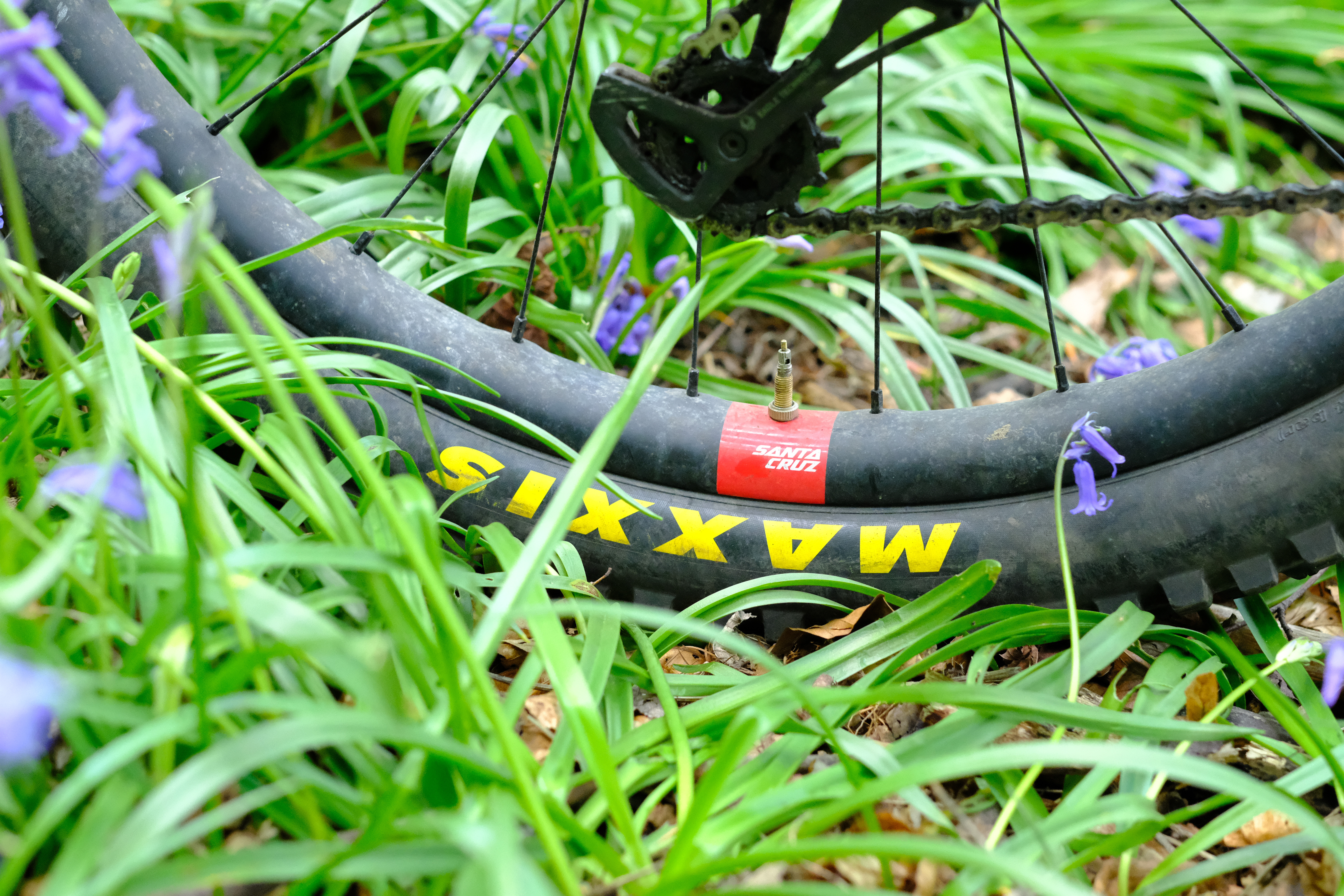
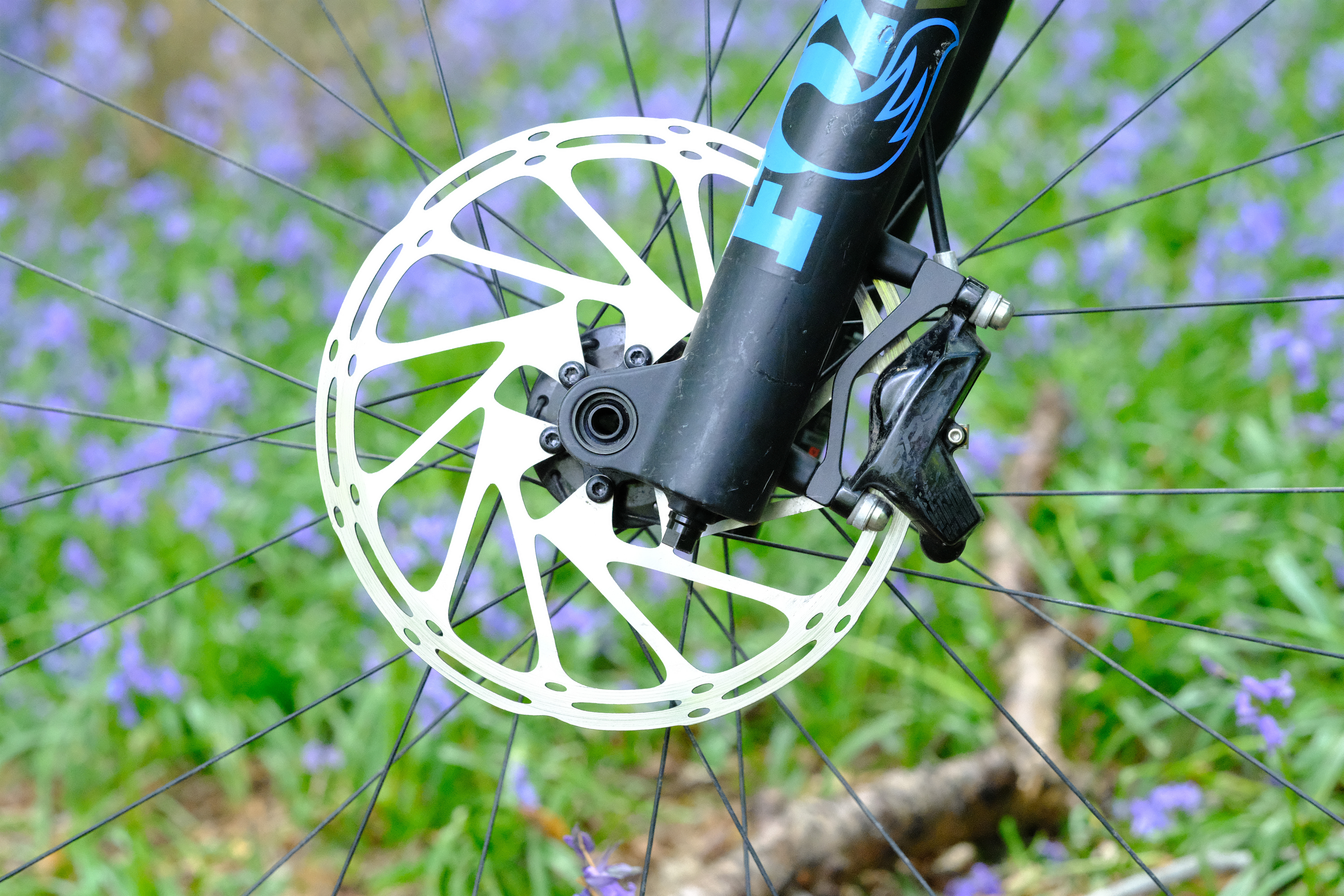
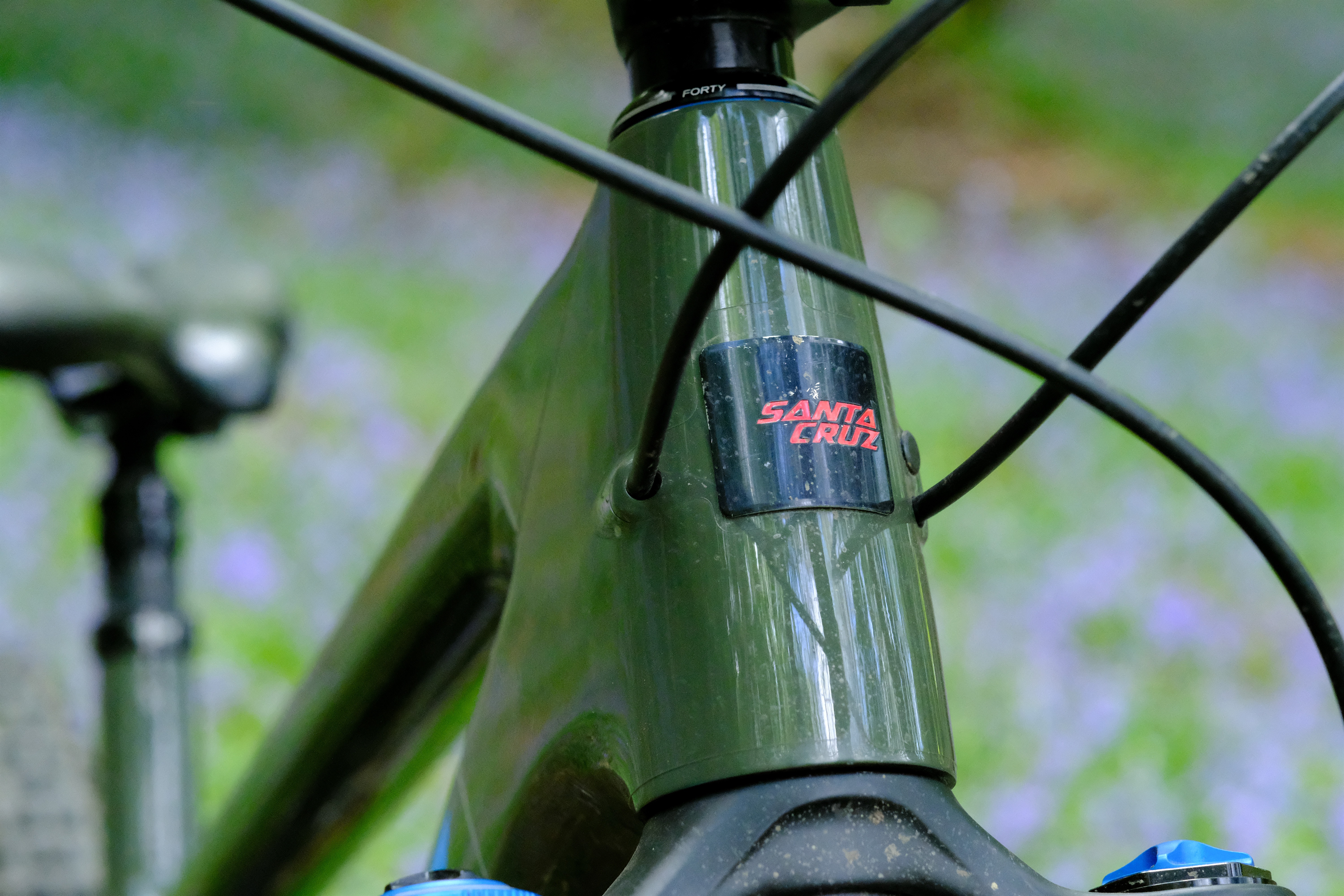
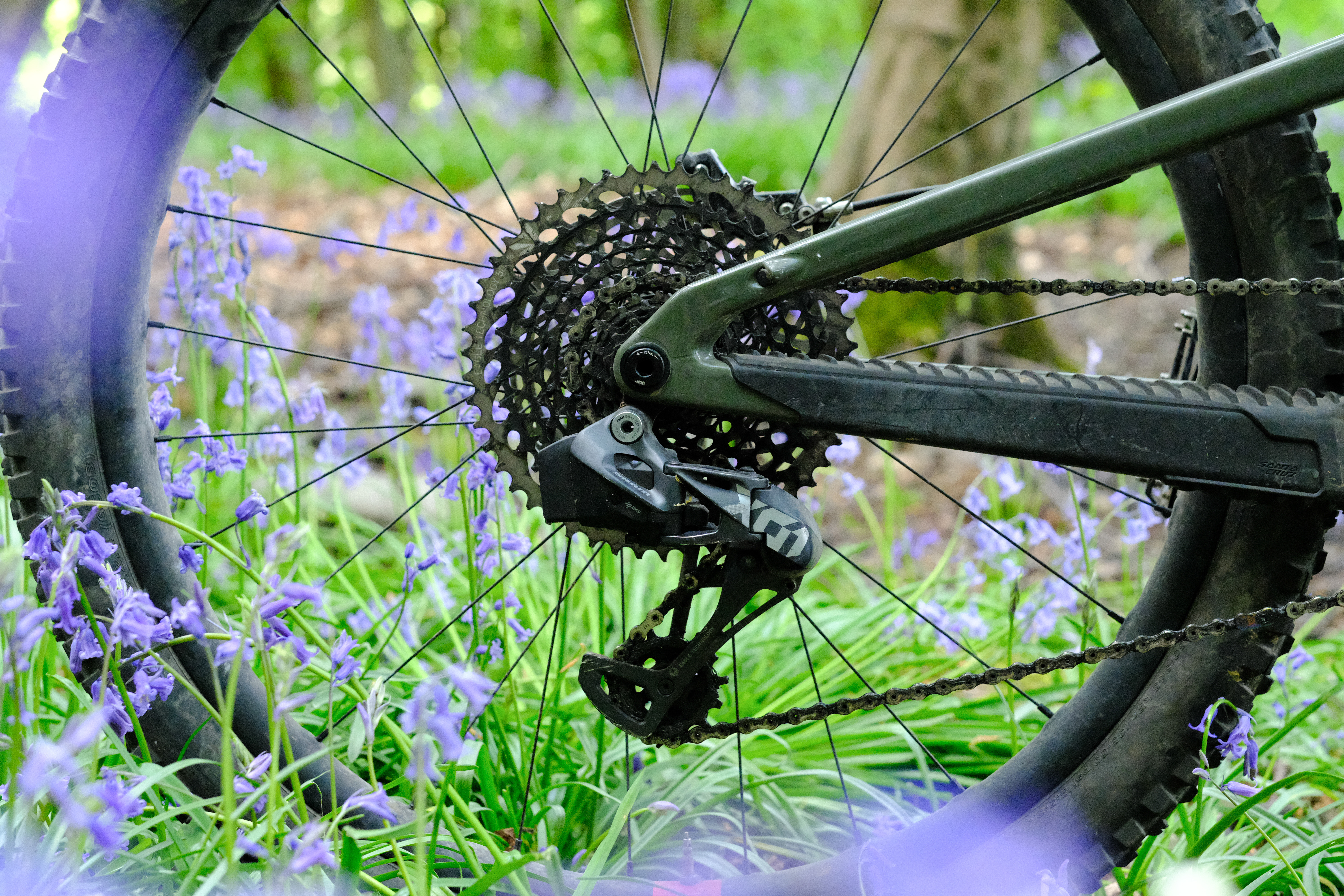
Despite a whole bunch of frame degrees and wheel millimetres changing, the Bronson persists. It persists as a mountain bike that’s described as a do-it-all machine. It used to be the safe bet a few years ago. If you wanted a Santa Cruz, get a Bronson, it’ll be ’right. These days I reckon a whole swathe of folk have hopped on to the big wheel wagon and are zipping around on either a Santa Cruz Tallboy or else are enjoying the stable velocity of the Hightower range.
It feels like the MX Bronson is the Bronson reasserting itself. Remember me? I used to be the boss around here. Truth be told, the new Bronson has something of a fight on its hands. Trail riders are already waving goodbye from the back of the HMS Twenty-Niner. The bike-parkists and jibbing jousters are on burly Nomads or nimble 5010s.
The bike before this fourth generation Bronson followed the way of all modern non-cross-country Santa Cruz bikes in that it sported the new VPP rear suspension design where everything is low down in the frame and the shock lives in a tunnel. The move to this version of VPP was the best thing to happen to Santa Cruz since they signed Danny MacAskill. It carries over the best aspect of previous VPP designs, namely super-stable pedalling, but improves the consistency, predictability and fun-factor. I’ve never ridden a modern VPP Santa Cruz bike that wasn’t great at the rear bouncy stuff.
The Bronson Mk4 is no different. Really great. Some people think the rear suspension on the Bronson Mk4 is a bit harsher, or has a tendency to hook up on square-edged hits. I personally think this is just the feel of the 27.5in rear wheel not being able to cash the cheques that the 29in front wheel writes, but more on that later.
As regards differences between the Bronson Mk 3 and this new one, there are some typically modest geometry changes but the most noticeable difference is a squarer aesthetic to certain frame shapes. That and the shock tunnel is larger, to better accommodate modern fat shocks (including coil-flavoured ones). The larger shock tunnel just makes things easier to live with on all shocks too. Easier to check sag, reach the adjusters and to clean after rides.
The rear shock is mounted (at the one end that rotates a decent amount) via a bearing rather than a bushing, to improve sensitivity. Speaking of bearings, I must remind you that Santa Cruz offers a lifetime guarantee on the frame and bearings. That is really very impressive.
The VPP design has been tweaked to be a bit more progressive than the previous Bronson; it’s closer to 30% whereas the previous was nearer 20%. This should give it more mechanical ramp-up toward the end of its travel. Having said that, with modern air shocks being less progressive and softer off-the-top these days, the change in frame progression arguably just keeps things effectively the same as it ever was. It goes without saying though, that coil shocks have been factored in.
The chainstays are proportional to the frame size; they get longer as the frame sizes get bigger (427mm on XS, 442mm on XL). The idea being to maintain the ride-balanced feel across sizes. There is a flip chip in the lower linkage but I’m not going to talk about it because it is pointless. It will never be moved from Low.
The overall geometry is ostensibly ‘very Bronson’. Nothing extreme. Nothing overly outdated. Safe. But the Usual Suspects in the geometry chart do not in any way tell the story of how the Bronson behaves out on the trail.
The Ride
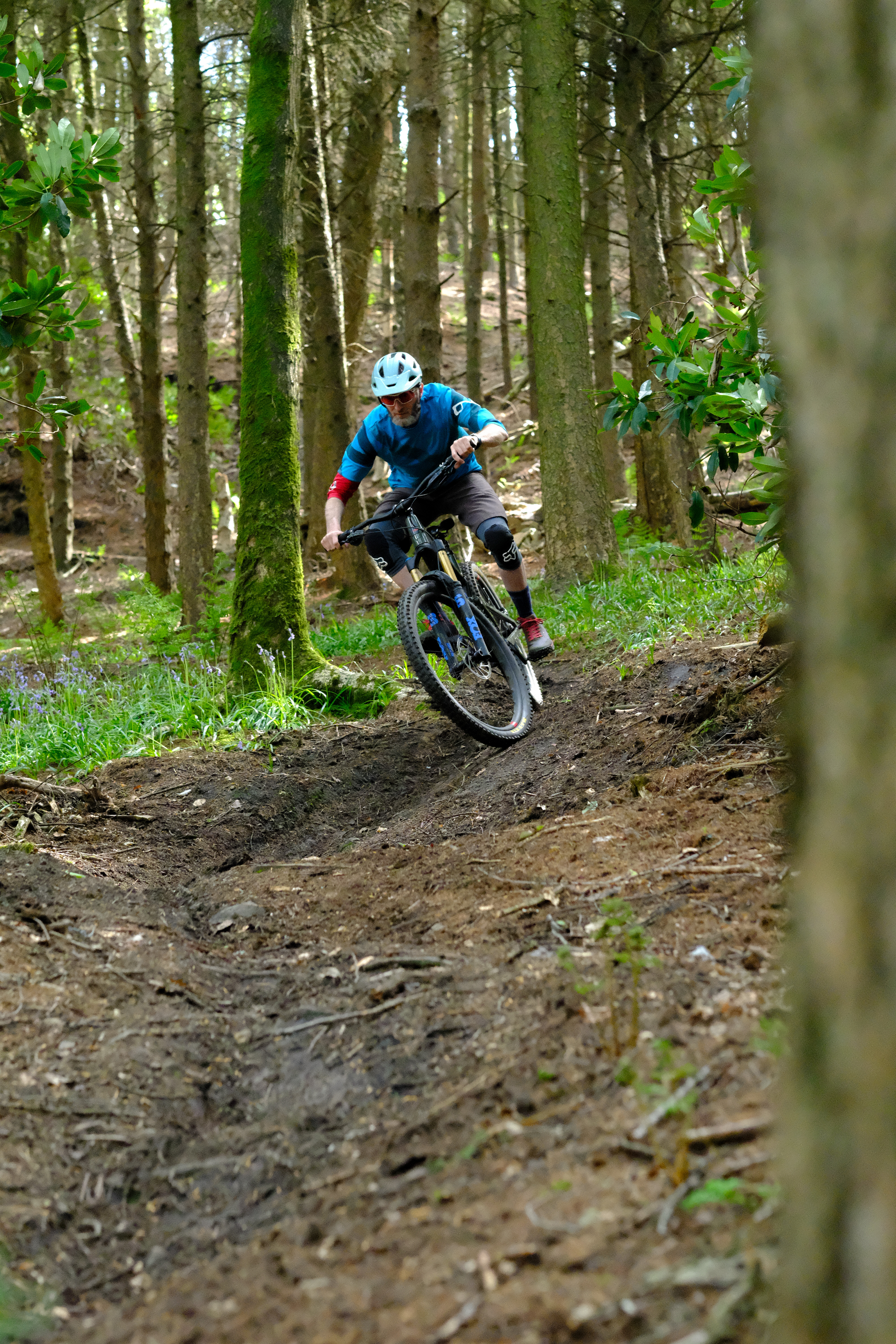
So how does it behave? Like a mullet. A very mullety mullet. The new Bronson is a bike of two halves. Whether you will dig this bike-polar behaviour will depend on loads of things. The main thing it depends on is your expectations.
It does not ride like a full 29er. It does not ride like a full 27.5in bike. It is very much a mullet. It does take a fair bit of time to set the bike up to get the best out of it. Putting it bluntly, the front of the bike can feel stable but vague and the back of the bike can feel harsh and distracting. I think this may be especially the case on smaller size frames, which is ironic, seeing as mullets are often fairly and squarely aimed at shorter riders who are fed up of being booted up the arse by a 29in rear wheel on technical terrain.
The Bronson is well worth persevering with and possibly swapping some parts out (which is always wince-worthy on a bike with such a price tag). I would avoid trying to run the bike with less sag in a bid to lift the back end up a bit. The suspension just doesn’t like it. It gets harsh and batters you. The Bronson back end works hugely better when running 30%+ sag.
The answer lies at the front. You need to get those grips lower. The free way to do this is to run more sag on the fork (and counter the sag by running more low speed compression and adding volume spacers). But this is just robbing you of the fork travel (and performance) that you’ve paid for. The answer is to run a low rise handlebar. Once you’ve done that, the bike comes alive and starts talking sense.
In many ways, the Bronson feels best when you’re not equally weighting the tyres. When riding over-the-front there’s loads of front-end grip and it’s tremendous fun to allow the back end to step out. Conversely, it’s great fun to pull photoshoot/Instabanger/shreddit mini wheelies when exiting berms or… just because.
In some respects, it was the Bronson that proved to be the bike in this test that was the least interested in regular trail riding. It likes to do steep, sat-down climbs to get back to the top of the fun stuff. And I don’t mean slowly winching up climbs them either. The Bronson flies up seated fire roads. The lack of bob and the absurd amount of forward propulsion is remarkable.
The type of descending it shows off on is exactly that: showing-off terrain. Built tracks with plenty of features and plenty of line choice. If you ride the Bronson like you’re a show-off, it’s great. It’s not a speed plough. Neither actually is it a jump bike. It’s a flash-around twisty pumpy bike.
I think the Bronson may well be one of the slowest descending 150mm bikes. It’s slow because you’ve taken the scenic route on the way down. By ‘scenic route’ I really mean ‘funnest line’. Either that, or you’ve stopped, got off and pushed back up to do That Little Section again. The Bronson is not a stopwatch bike, it’s a playbike.
I’ve not talked much about the build kit. Mainly because everything works these days, irrespective of price tag, and consequently I never think about it. Sorry. The fork was brilliant though. Love a 36. I did have tantrums occasionally when the end cap of the Industry Nine front hub kept coming away from its seating when removing the front axle, which made for annoying front wheel removal. If it was my bike I’d probably just put some judicious glue on it and get on with my life. Things like that are extra annoying on bikes/wheels that are this expensive though.
Overall
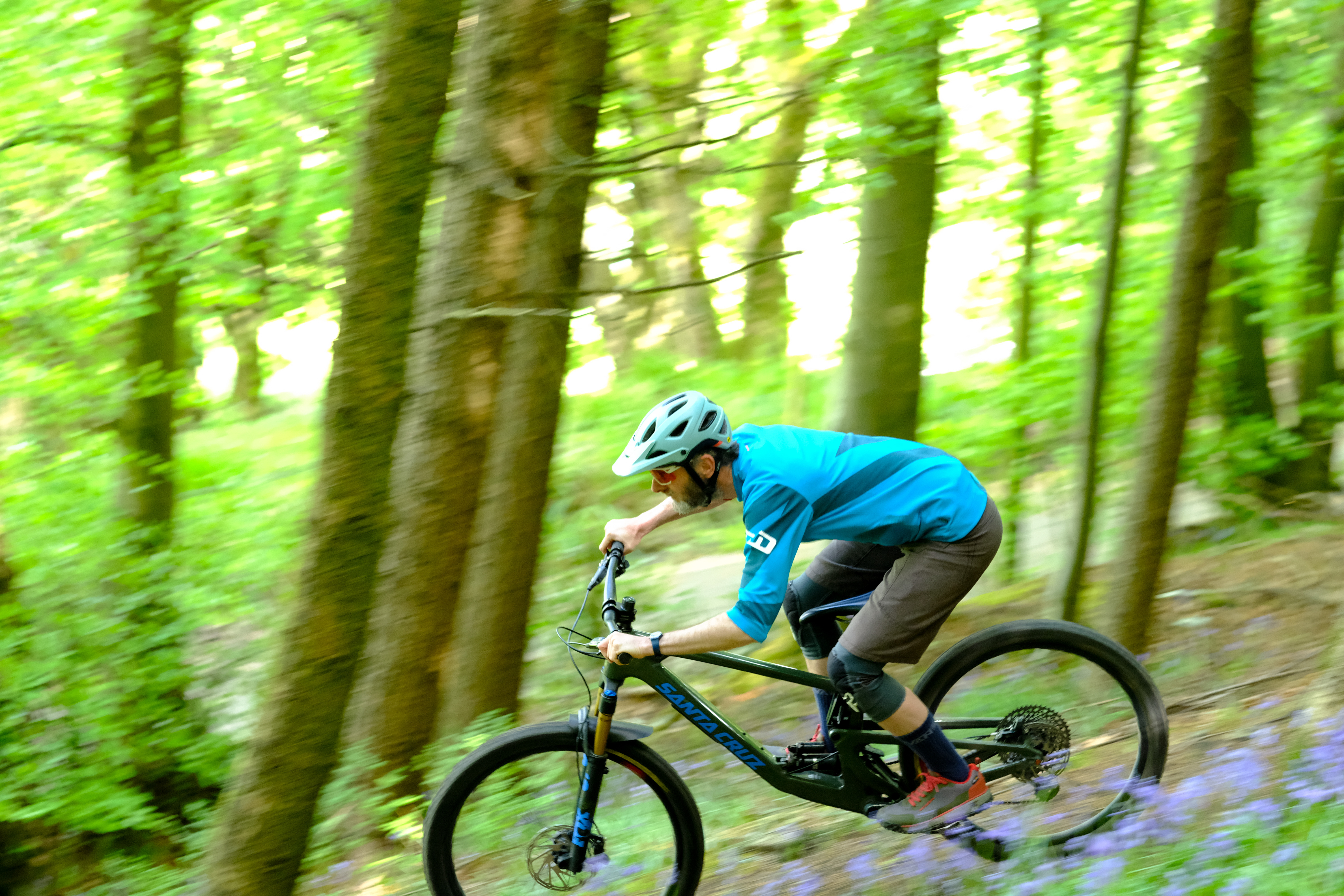
The Bronson was initially one of the most perplexing and tricky to understand bikes I’ve experienced for quite some time. I imagine there must be loads of people who test ride one of these and then go and buy a Hightower. Which they probably should do. The Bronson, even when set up, is arguably no longer the classic 150mm trail bike it was. It’s lost that crown to its big wheeling brethren.
That tall front end and how-deep-is-your-love rear wheel axle feel makes for a bike that needs a hyperactive showboater onboard as opposed to an easy-going passenger. Truth be told, it can be an exhausting bike to ride. But you’ll have face ache from all the grinning, just as much as you’ll have concrete calves and sore shoulders from all the hustling.
Santa Cruz Bronson Specification
- Frame // Carbon CC 150mm
- Shock // RockShox Super Deluxe Ultimate, 205x65mm
- Fork // Fox 36 Float Factory GRIP2, 160mm, 44mm offset
- Wheels // Industry Nine 1/1 hubs, Reserve 30 V2 Carbon rims
- Front Tyre // Maxxis DHF 29×2.5 EXO
- Rear Tyre // Maxxis DHR II 27.5×2.4 EXO
- Cranks // SRAM X1 Eagle Carbon, 170mm, 32T
- Drivetrain // SRAM X01 Eagle AXS, GX AXS shifter
- Brakes // SRAM Code RSC 200/180mm rotors
- Stem // Burgtec Enduro MK3 42.5mm
- Handlebars // Santa Cruz 35 Carbon, 800x35mm
- Grips // Santa Cruz House
- Seatpost // RockShox Reverb Stealth
- Saddle // WTB Volt
- BB // SRAM DUB, BSA
- Size Tested // XL
- Sizes Available // XS, S, M, L, XL
- Weight // 14.17kg
Geometry For Our Size XL Test Bike
- Head Angle // 64.7°
- Seat Angle // 76.7°
- Seat Tube Length // 460mm
- Head Tube Length // 135mm
- Chainstay // 442mm (XL)
- Wheelbase // 1,284mm
- Effective Top Tube // 653mm
- BB Height // 344mm
- Reach // 500mm




